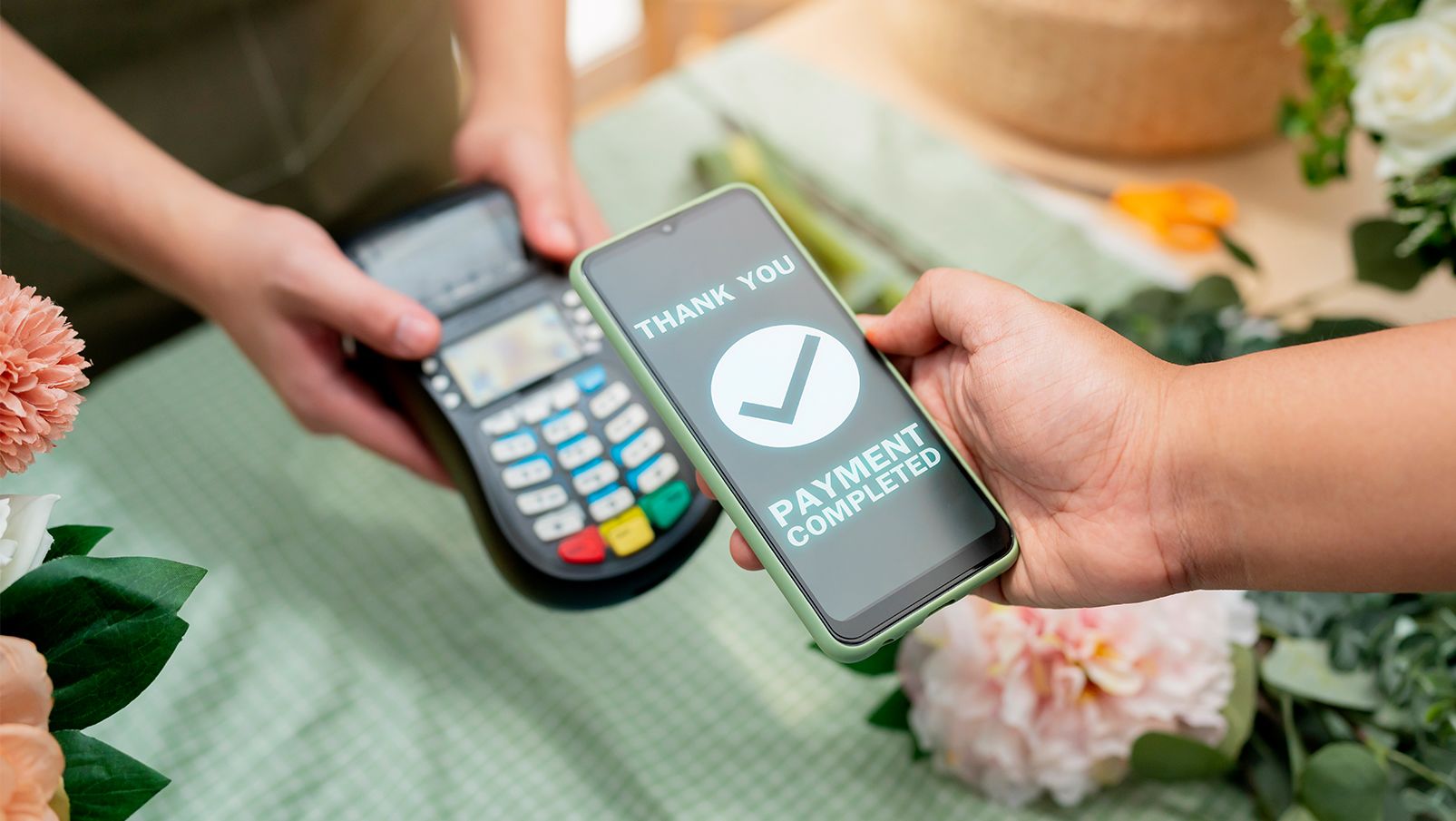Our relationship with money is changing faster than ever! What once seemed futuristic is now part of everyday life!
Today, thanks to mobile payments and digital wallets, you are no longer tied to cash, cards or even bank branches. In fact, mobile technology is not only replacing that wallet in your pocket, it is changing how we think about money altogether.
Let’s explore this transformation and what it means for your everyday life and the businesses you interact with.
1. What Are Digital Wallets? A Clear Explanation
A digital wallet is an app or software that stores your payment information securely and lets you make transactions directly from your phone, computer or smartwatch. Instead of swiping a card or handing over cash, you simply use your device to complete the payment. Digital wallets use advanced encryption, tokenization and biometric security to keep your money safe.
Some popular examples of this would include Apple Pay, Samsung Pay, Google Pay, PayPal and even newer platforms like Venmo and Cash App all fall under this umbrella too- and this is just scratching the surface.
2. Exploring the Different Types of Digital Wallets
You might be surprised to learn just how many types of digital wallets are out there. Here is a summary.
- Mobile wallets- These live on your smartphone. Think Apple Pay or Google Pay. You can use them in stores or online for quick, contactless transactions.
- Online wallets- Services like Amazon Pay or PayPal that store your payment methods for use across the web.
- Crypto wallets- These hold digital currencies like Bitcoin or Ethereum. They are not just intended for storage- they serve as a gateway to block-chained finance.
- Closed wallets- These are specific to a brand or an ecosystem. For instance, Starbucks allows you to load money into its app. However, you can only use it within their stores.
- Open wallets- These enable you to transact anywhere, online and offline; via stored bank accounts or credit or debit cards.
Each type of wallet serves a slightly different purpose and as digital banking trends evolve across the world the boundaries between these categories will continue to blur.
3. How Digital Wallets Are Changing Payment Processing
We are not just using money differently- we are also expecting it to move faster, smarter and of course; safer. This is why mobile payments are gaining rapid traction.
Speed
With mobile payments, you do not need to wait or car readers or dig around for change! Transactions are processed instantly with a simple tap or scan. This means a quicker checkout process for you. While for businesses, it means shorter lines, less waiting times and happier customers.
Security
Digital payment solutions offer stronger protection than conventional cards- with built-in fingerprint or facial recognition features. Moreover, sensitive data is tokenized- implying your actual card numbers are not transmitted during the transaction.
Convenience and Customization
Have you ever noticed how your wallet app sometimes suggests offers or tracks your loyalty awards? This is no coincidence. Digital wallets are smart, adapting to your preferences and making the payment experience personal.
These improvements in payment infrastructure are a win-win and they are part of a broader shift in banking in the future- where physical branches and long queues are getting increasingly redundant.
4. The Future of Digital Wallets: Trends and Innovations
What is next? From where we see it, the future of digital wallets is full of innovation.
- Biometrics– We may see an increasing use of biometrics with face scans or fingerprints becoming the new standard.
- AI-driven insights- In future, we may see wallets that track your spending, suggest saving opportunities or alerts you when you are close to overspending- thanks to smarter algorithms.
- Cross-Border transactions- Sending money across countries is getting faster and cheaper. As regulations ease and wallets add multi-currency support, the global economy is becoming more accessible.
- Wearables- We are not stopping at phones! Smartwatches and fitness bands may also enable payments in the near future.
- Embedded finance- Digital wallets are evolving fast. In future, we may see them integrating with savings, loans, insurance and investments. This could be one of the leading digital banking trends in 2025.
In summation- wallets are no longer just for storing money! They are quickly becoming a vital element of our financial lives.
5. Looking Ahead: What This Means for Consumers and Businesses
So, what does all of this mean for you and the businesses you engage with?
For consumers, it means more control, more convenience and better financial health! You can track your spending, split bills, and get personalized offers from different stores among many other perks. Everything is built right into your app.
As for businesses, this transformation is a significant call to action. If you are not already offering mobile payment options, you are behind. Today’s discerning customers expect speed, security and smooth interactions. If you adopt digital payment solutions, you can streamline your operations, reduce fraud, get valuable customer insights and ultimately grow at a faster pace.
Embracing and adapting to this shift has now become a necessity. The word is going cashless and mobile-first has become the new baseline as mobile payments will only become more integrated in our daily lives.
We are witnessing a true evolution in the world of finance! Digital wallets are laying the groundwork for banking in the future.
So, if you have not done so already, it may be time to take a closer look at digital wallets- because chances are; before you know it, they are going to your primary bank account and even your ID.
Keep an eye for more latest news & updates on Nexthome!
